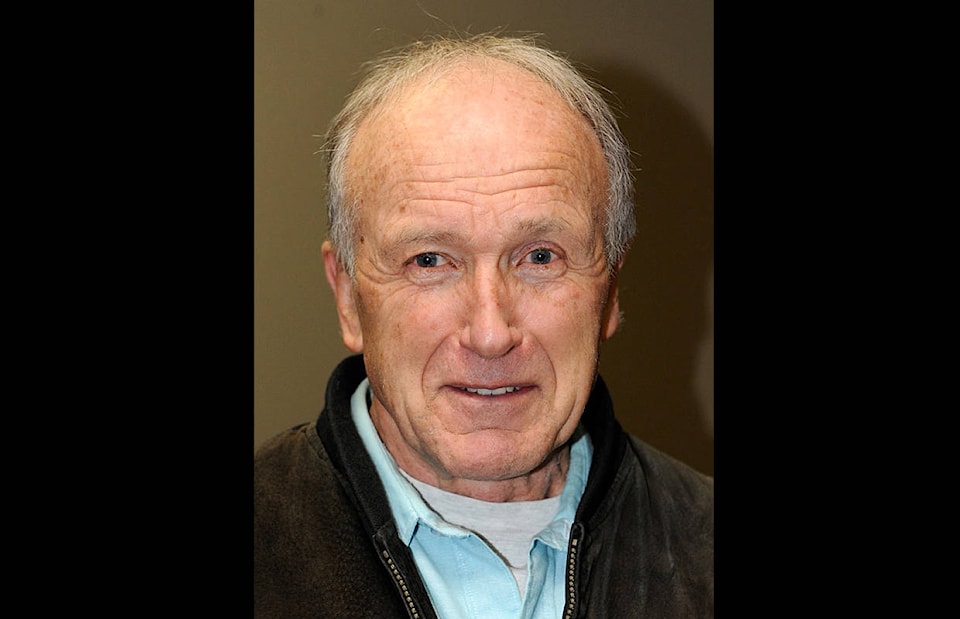Jim Hilton
Observer Contributor
If you are running out of things to do while you are confined to your home, take some time to watch an inspirational video series about making and using biochar. It may not sound too exciting, and that is exactly what the producer of the series thought when he was asked to speak to some high school students. To his surprise, the students were very interested because it was something they could be involved with that would be a positive impact at a time when there were so many negatives all around them.
It is a good series to watch with the whole family; even if you may not have the opportunity to use some of the products yourself, it will show how we can all support the organic way of producing food, which will help us survive in these uncertain times.
Bob Wells and Jon Nilsson have produced a number of YouTube videos about the production and use of biochar, which I highly recommend everyone take a look at. There are many articles and videos about making and using biochar, but I think this series is one of the most comprehensive and useful for anyone interested in a more organic form of farming and gardening. The first video is only seven minutes long, which hopefully gets your attention so you will want watch more in the series.
As we struggle as a society to get back to normal following the lockdown, we need all the ideas we can get to put people back to work. These videos provide some innovative ideas on how we can use our resources wisely and promote a healthy way of life, from the production of our food to building healthy and more productive soils. The videos demonstrate how the Webb farms are attempting to meet the four goals of their company: 1) to produce the best biochar they can, 2) conserve as much energy as possible in the making of biochar, 3) eliminate as much pollution as possible in the process and 4) make the process as profitable as possible.
For Williams Lake and area, I think the source material is the residual logging that is still burned on the landings that was not ground up for the energy plant and pellet plant the past few years.
We don’t have many small mills or businesses that are producing slabs or scrap wood that are used in the Bob Wells video, but there is good potential for using the forest residual fibre and inoculating it with the manure from the stock yards or from surrounding ranches. There are challenges regarding getting material from more remote sites and making the residual material into the right size for making biochar.
Make sure you see the size of the turnips that were produced and the ways that the heat from the biochar production was used in the operation. It would be easy to incorporate greenhouses into this type of operation.
Jim Hilton is a professional agrologist and forester who has lived and worked in the Cariboo-Chilcotin for 40 years. Now retired, he volunteers with community forests organizations.
READ MORE: Forestry Ink: Developing a local market for biochar
editor@quesnelobserver.com
Like us on Facebook and follow us on Twitter
